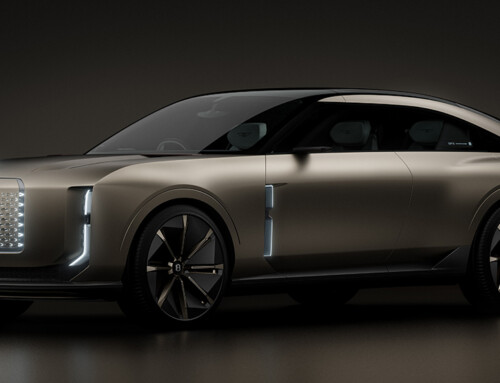In an age in which it is not easy to identify elements of originality in cars or the automotive world in general, Robert Cumberford dedicates his “Opinion” to two of the brands which, in his opinion, have done most in recent years to mark out a strong identity for their products, BMW and Renault. Champions of this trend, are the design chiefs of the two manufacturers, who are otherwise rather distant from each other, Chris Bangle and Patrick Le Quément.
Le Quément, like Bangle, is his company’s first design supremo to have had specific training; all the rest were people of talent whose creations owed more to intuition than to formal methods. As often happens to new chief designers, Le Quément’s early days in the company were clouded by the need to complete the work commenced by his predecessor; the Safrane was one of these projects, but not the only one. To make his task even more complicated, he was given responsibility for quality as well as styling.
In the past, many Renault models had little connection with others from the same company and without their badges it would have been impossible to identify them. Le Quément’s cars are different one from the other but the public always recognises them as Renaults. Before Bangle, BMWs had too many features in common. This is no longer the case and, in spite of the numerous criticisms of the modifications made under his leadership, they are selling better than ever. Before Le Quément, Renaults were not consistent; now they are and they sell equally well, a result that counts a lot as certain glorious, old makers, including Fiat and Ford, General Motors and MG-Rover, can testify.
The article continues in Auto & Design no. 153










